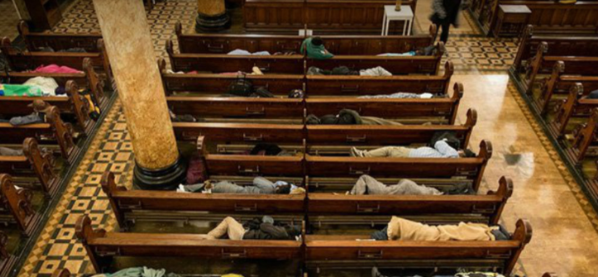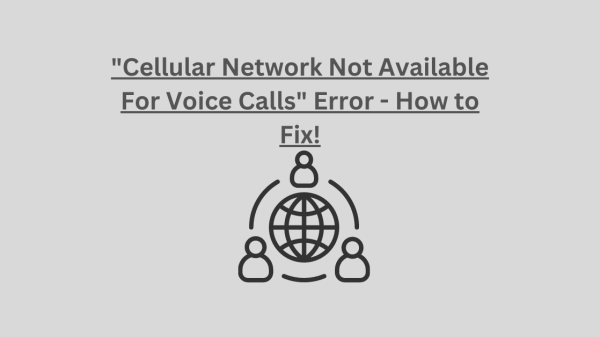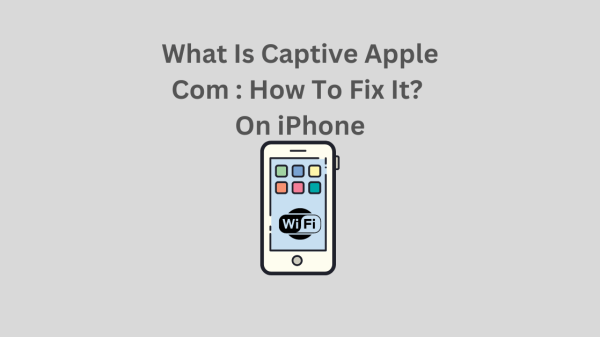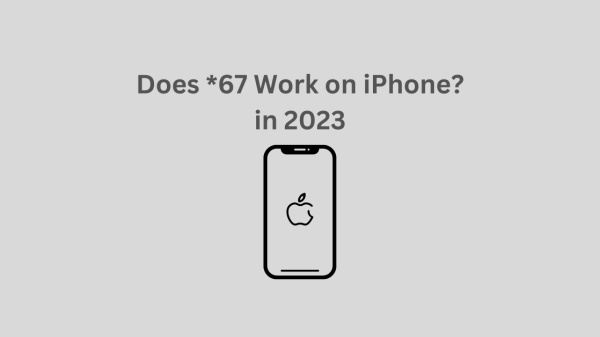Everyone requires a safe place to sleep. There are a lot of homeless people in the entire world. This article describes how the San Francisco-based Gubbio Project of St. Boniface Church provides homeless people with a clean, caring nightly shelter and support system.
Unlike many American churches, St. Boniface Church in San Francisco draws smiles, offers practical assistance to homeless people, and is a source of humor. Its doors have been open all night for the past fifteen years, providing blankets and a moment of rest to people needing refuge. In 2004, Father Louis Vitale and community organizer Shelly Roder launched the Gubbio Project.
Hundreds of homeless people find safety within the church’s walls every night, and the caring staff treats them with decency and affection. The Gubbio Project creates an open and respectful environment, welcoming everyone without turning anyone away. They ask no questions and create no barriers to access. This strategy seeks to give people frequently excluded from society a sense of security and belonging.
People can come to St. Boniface Church for prayer and worship all day long despite its dedication to helping the homeless community. Its Gubbio Project, which occupies two-thirds of the building, highlights the importance of giving those in need a place to live and sustain themselves.
The project’s operational procedures mirror its ideology. The Gubbio Project emphasizes its clients’ comfort and well-being more than many conventional homeless shelters, which can come across as institutional and unwelcoming. In a survey given to church attendees, 95% of respondents said they felt safer and more at ease there than in other shelters, showing the approach’s effectiveness.
The Gubbio Project takes a different approach to providing aid to people experiencing homelessness compared to other areas. For instance, Seattle’s government uses harsh strategies to discourage homeless people from setting up camps. They build razor-wire barriers and frighten people with robots. These acts exacerbate homelessness and draw attention to continuing poverty and injustice.
When El Cajon, California activists began helping people experiencing homelessness, they faced anger. Some who oppose these actions claim that they fail to deal with the reasons for homelessness. Instead, they keep individuals stuck in cycles of isolation and poverty.
In an interview with RT, Mark Lane described these regulations as “criminalizing homelessness.” He mentioned regulations on things like sleeping in vehicles, going camping, begging, and even providing food for people experiencing homelessness. Lane argues that these laws isolate and further denigrate individuals who are already poor. The Gubbio Project, on the other hand, offers an ethical alternative that stresses respect and aid for the homeless population. This emphasizes the need for more compassionate solutions.
On the other hand, the Gubbio Project provides a sympathetic substitute based on the ideas of compassion and unity. Its approach brought notice and praise for how well it supports the homeless population practically while maintaining their humanity and dignity.
The Gubbio Project has raised the question of whether other churches ought to follow suit. For many, the answer is unquestionably yes. As the film accompanying this story shows, the impact of these kinds of programs goes well beyond providing basic requirements. They provide people most in need with compassion, hope, and a feeling of community.
They encourage commenters to consider ways in which they may support the homeless population in their communities. They might think about supporting projects such as The Gubbio Project. Everyone may have an impact by being charitable, giving back to the community, or participating in activism. The Gubbio Project is an example of kindness in an often brutal world. It serves as a reminder to deal with the root causes of homelessness and to provide for them.
SEE: The Duo Of Dogs Accidentally Dialed The Police 16 Times, Sparking Online Hilarity.


























